Common ATA Case / Road Case Styles
11 February 2017
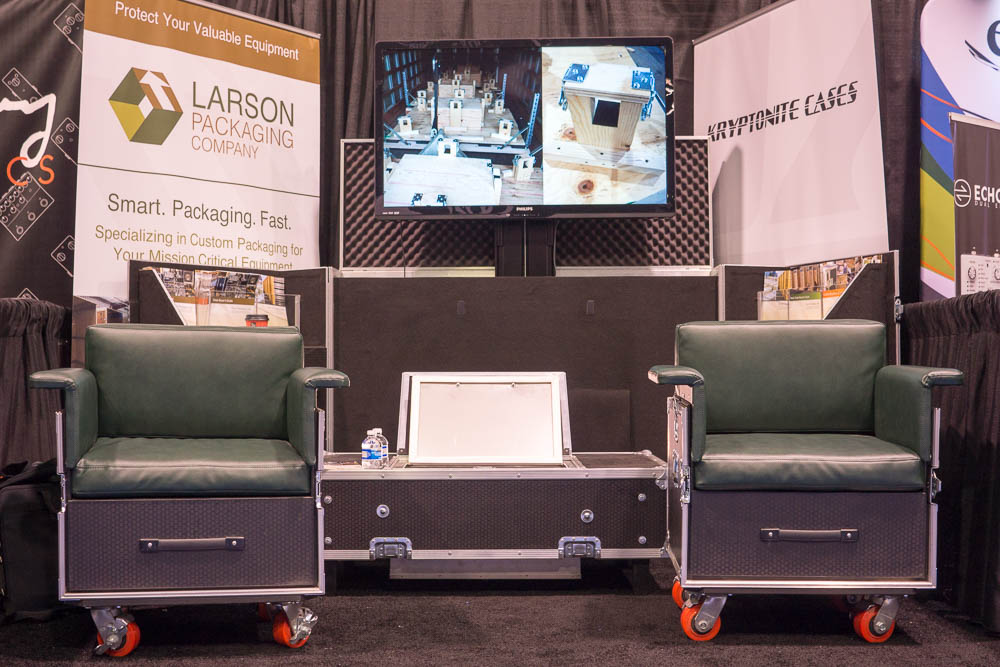
When designing a custom ATA case, start with the “case style” which defines how the equipment will be stored and accessed, and how the various lids and openings work. For example, will you top-load your equipment or does the case need to pull away? Does it make sense to remove the lid(s) from the case entirely, or should it hinge open? If it opens on a hinge, should the lid be able to be locked in an open position? When your equipment needs to be handled from the bottom, a pullover or split shell lid will come completely off, exposing your entire equipment on the base of the case.
Hinged Lid ATA Case
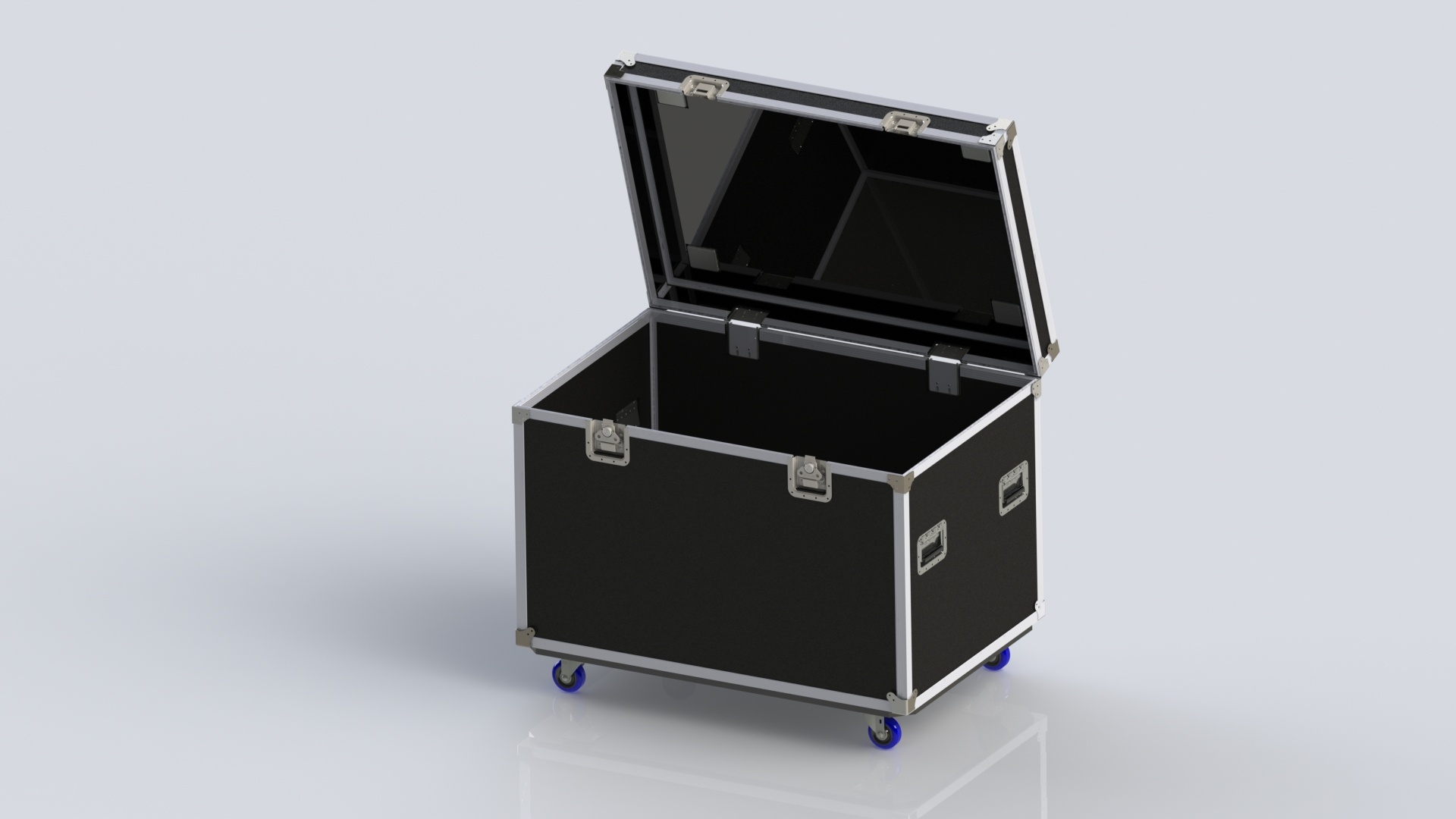
This basic design is a trunk in which the lid flips open, is attached, and goods are loaded from the top. This style of case is good for bulk items that can be easily lifted such as tools, parts, etc. It is often used with specialty cut foam inserts. With casters, this case can be converted into a version of “rolling luggage”.
Clamped Lid ATA Case
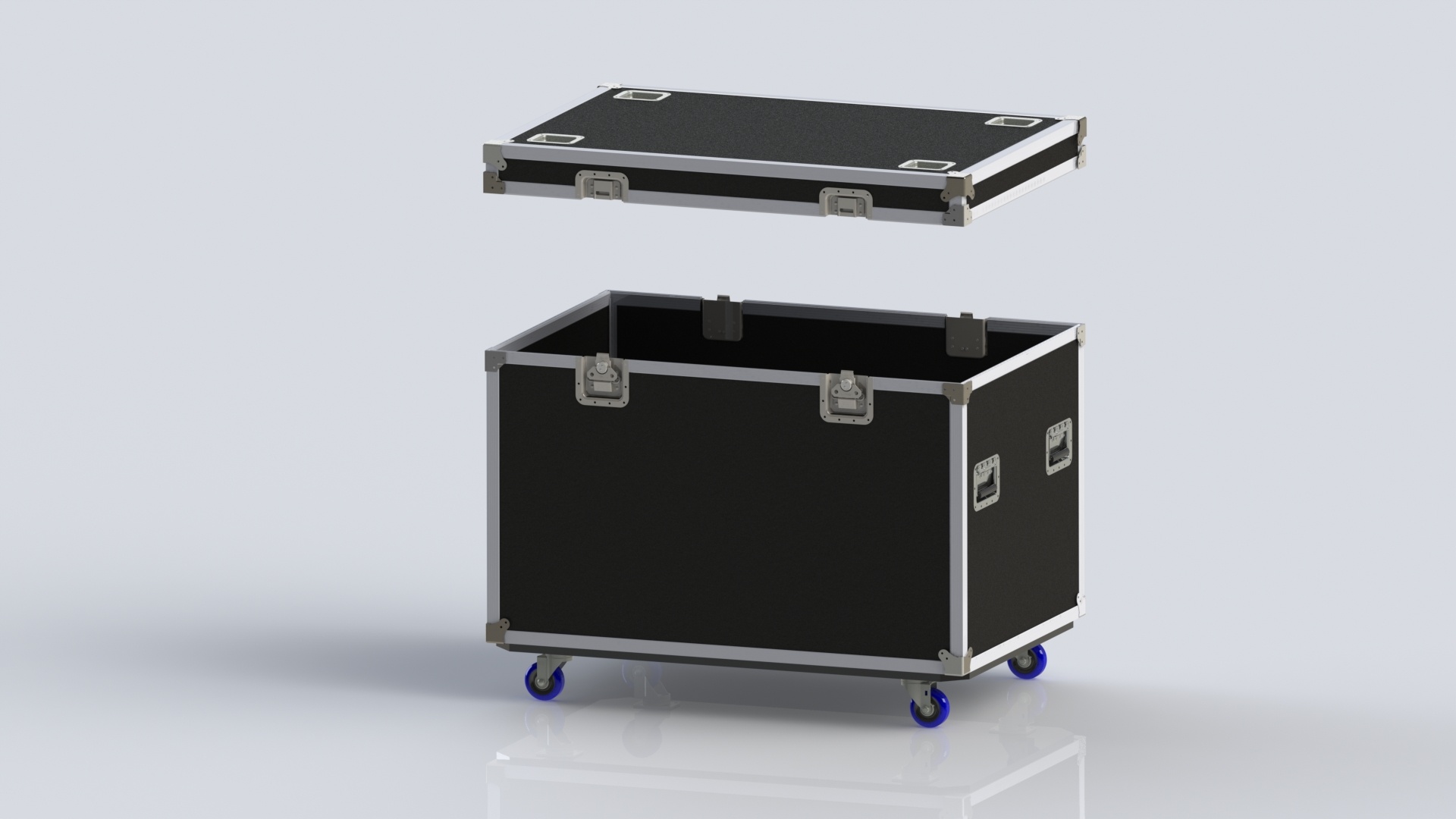
Similar to a hinged lid, but the lid (or door) comes completely off giving full access to the interior of the case and can provide positive pressure to hold down the items in the interior. Frequently, the removable lid can be converted into a separate or attached table. Sometimes mechanical or hydraulic lifts raise equipment up to usable height within the case.
Swing Door ATA Case
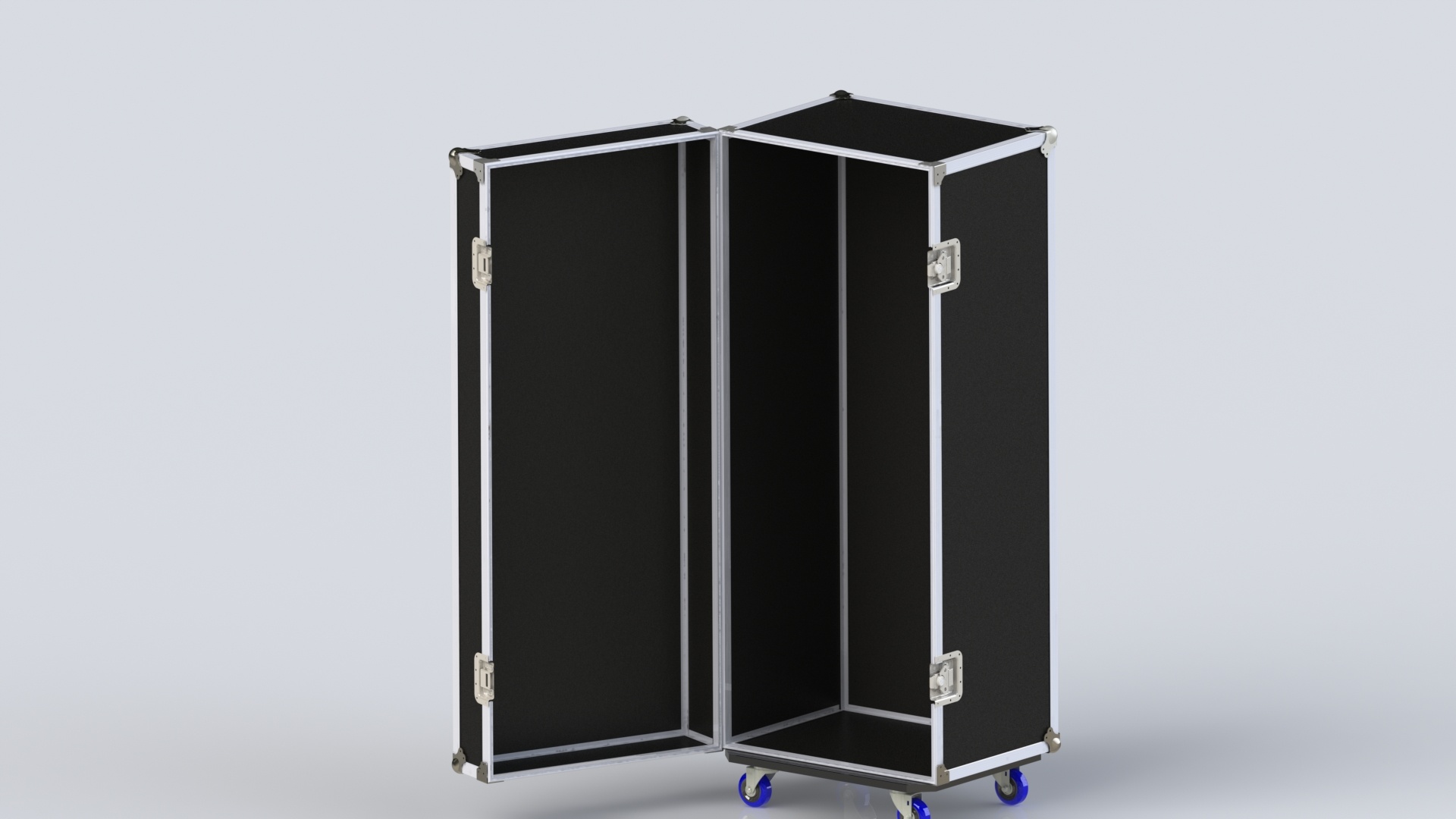
Swing door cases are vertical and typically are used for easy access wardrobe uses, on field support kits, or for rolling carts and medical devices. They are easy to configure with shelves, drawers, compartments, cubbies or ramps.
Split Lid ATA Case
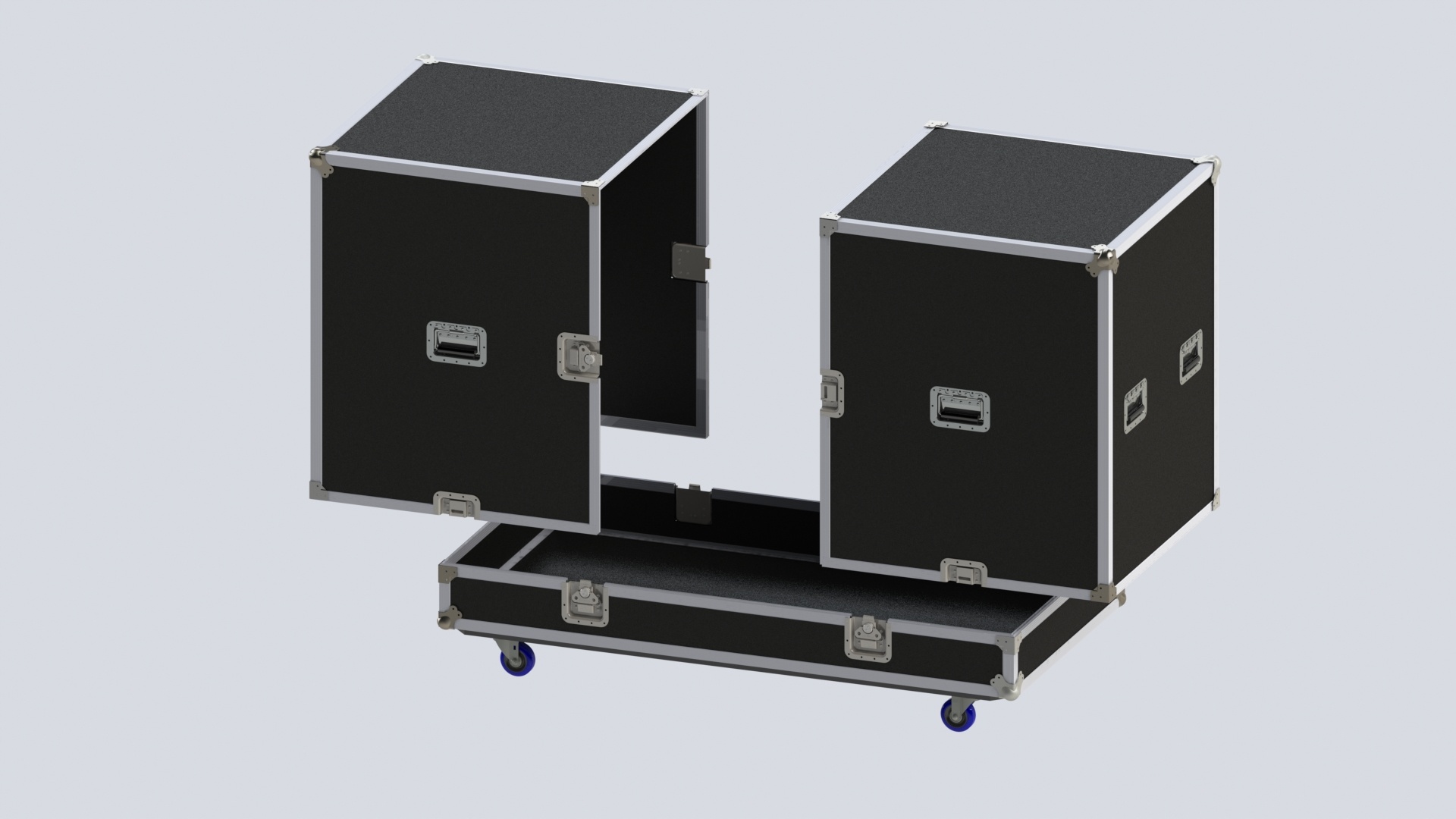
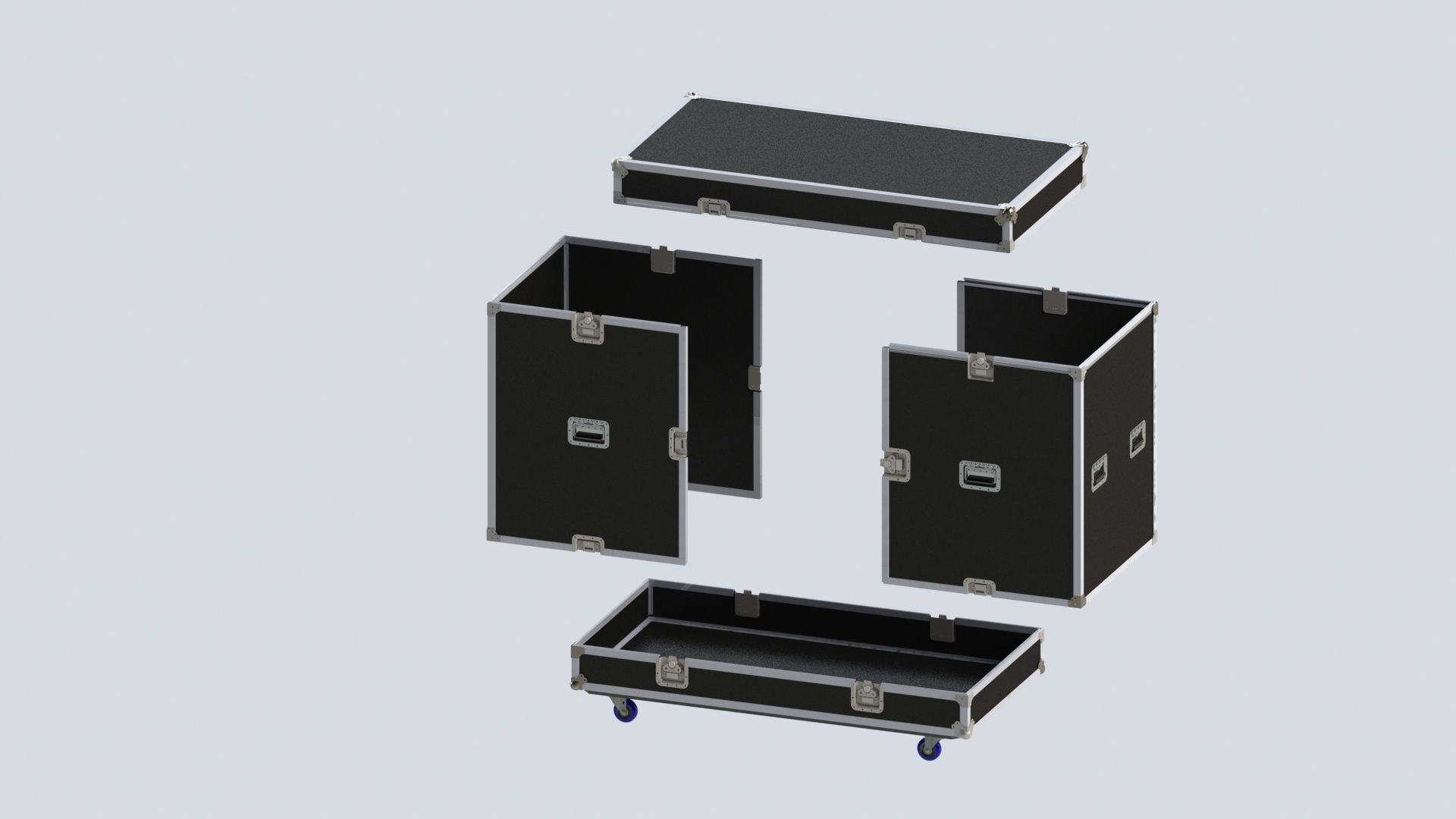
Split lid cases give a lot of flexibility. A 50/50 horizontal lid split is often used for large flat-panel plasma or LED monitors, or for heavier and bulky parts that would be difficult to extract from a typical clamped lid configuration. Other types of splits are used to “encase” larger items where the doors or panels would be too large and bulky without breaking them apart. These can incorporate hinges on doors, ramps and also combine clamped lids to ease access and use of the case and contents.
Pull Over Lid ATA Case
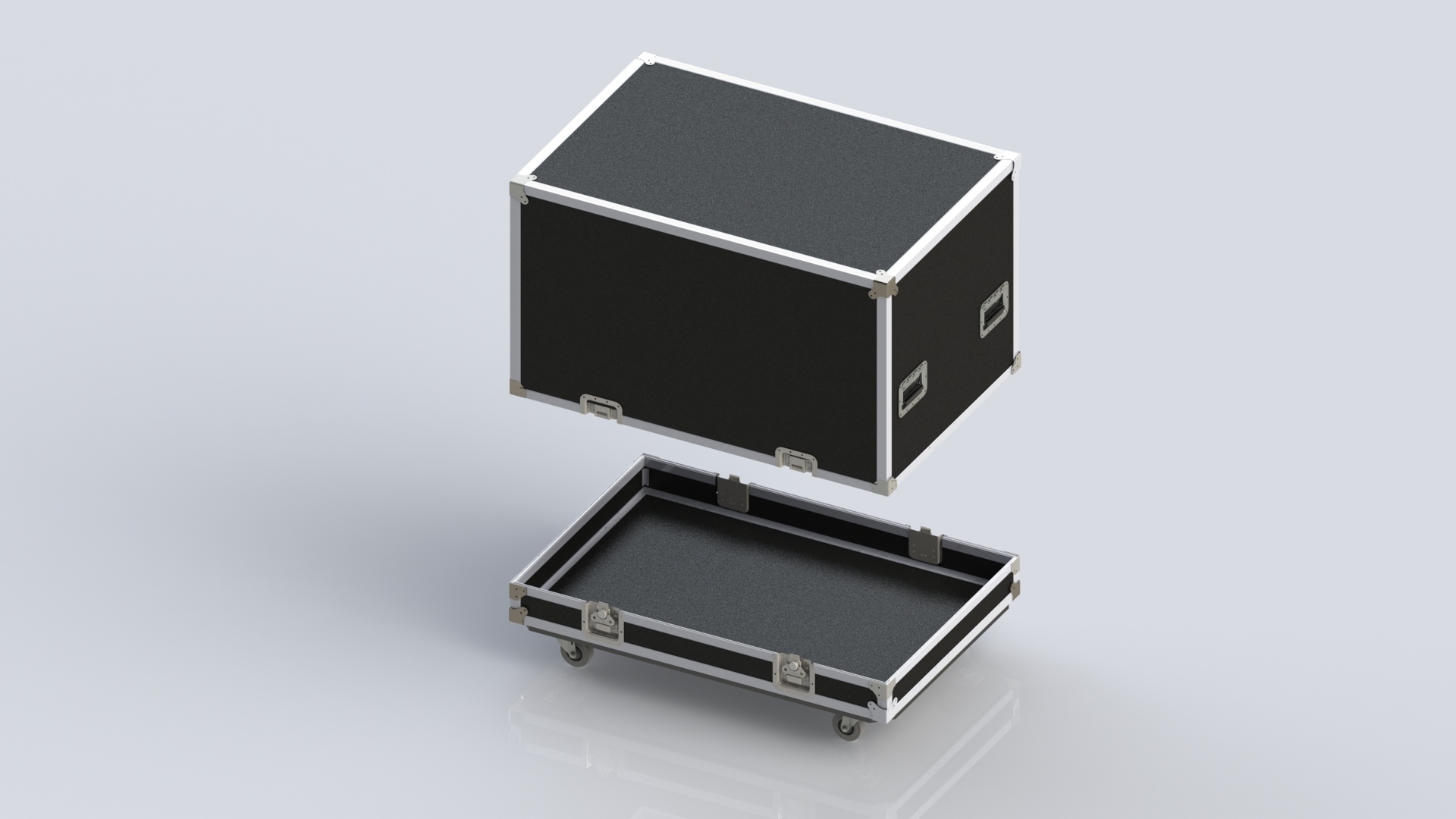
Pull over lid cases are similar to a clamped lid, but upside down. Typically, whatever is inside is operational or used on the base. So all you do is lift off the lid and go to work. Frequently used in music for amps or for demo units for mid-sized devices
Rack Mount Lid ATA Case
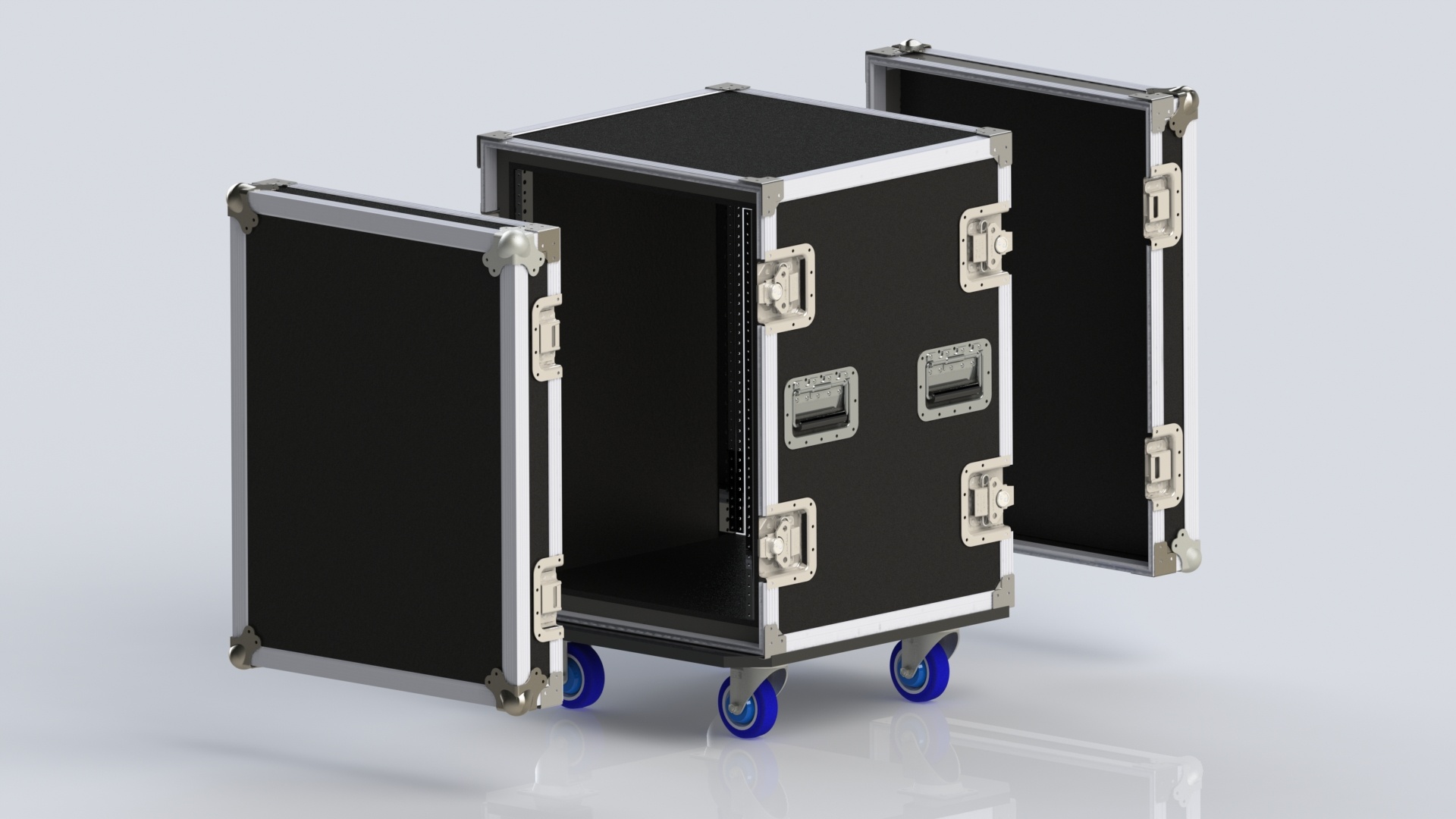
Rack mount cases are used to mount electronics for A/V, music, data processing or telecommunications equipment in a standard rack within the case, so the electronics can be used for their purpose while still mounted, and then packed up again for travel and reuse as a unit. In a “shock mount” configuration, the rack floats on a cushion of foam within the case, protecting sensitive electronics from shock and vibration. Rack mount cases can have a single door or front and back doors for maximum access to both controls and cables, etc.
Combo Lid ATA Case
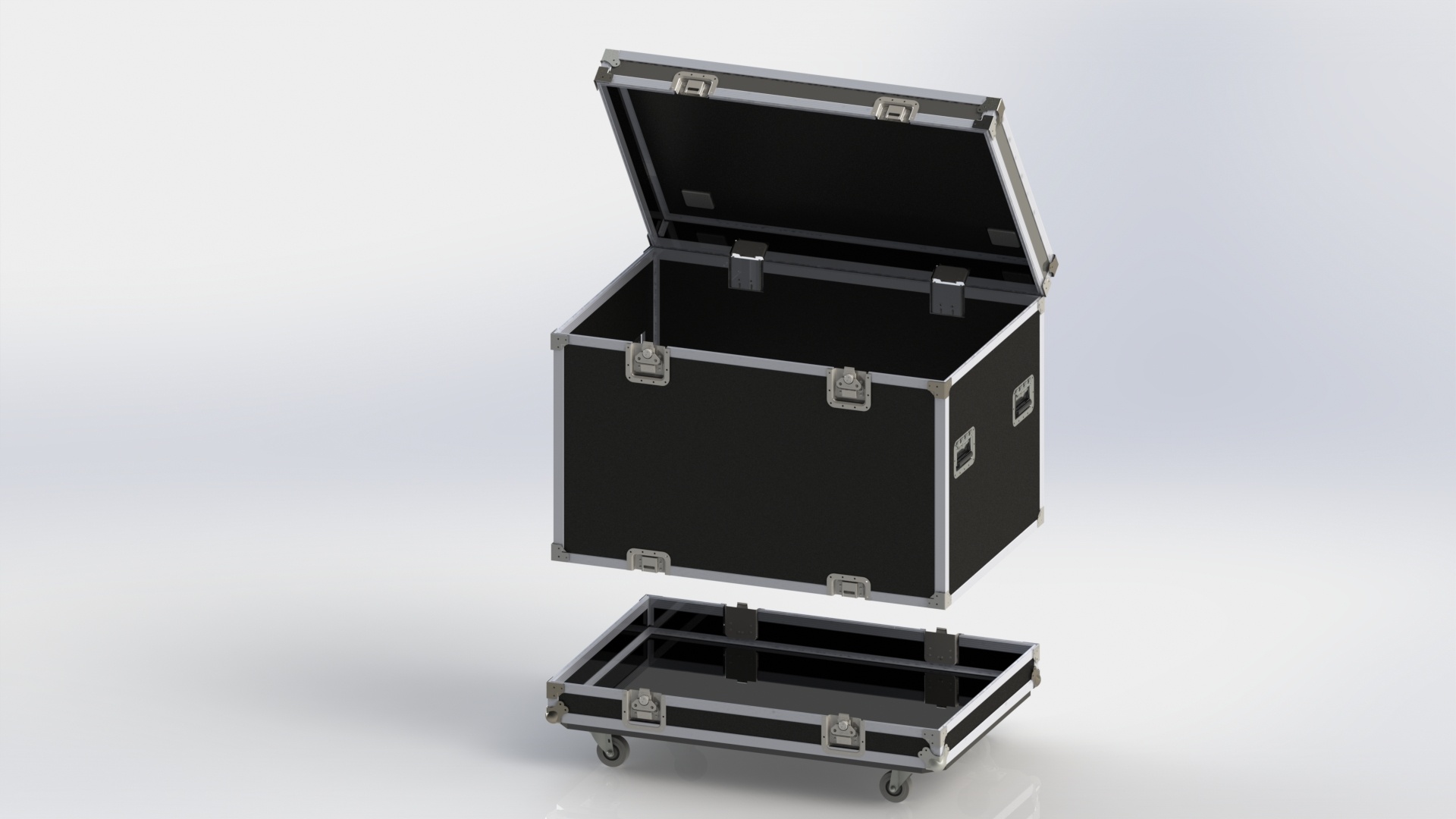
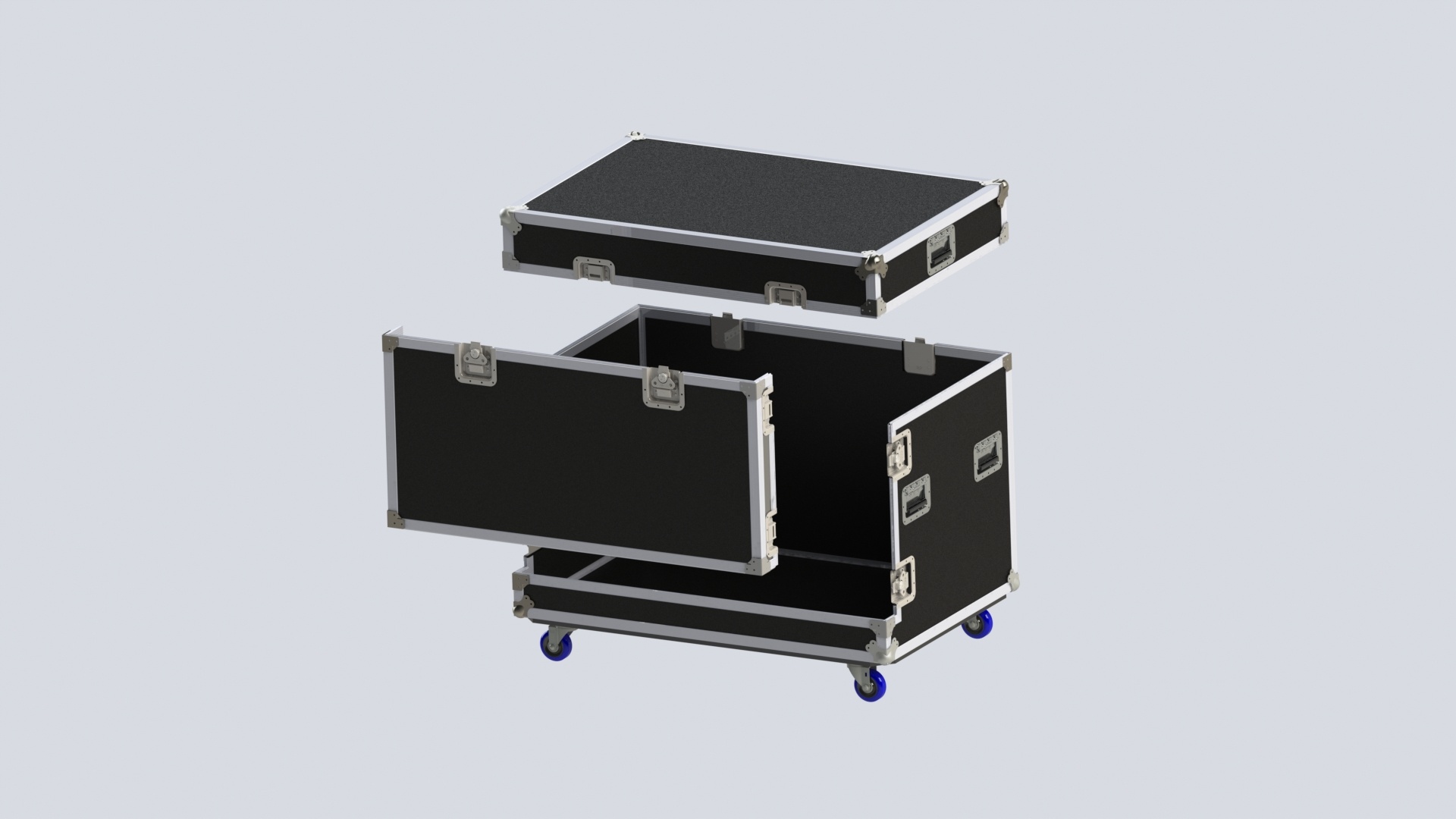
A combination of two or more of the basic styles is the most versatile for ease of access, loading/unloading, and protection. These cases can be designed for ergonomics and limited access to contents without opening the entire case or removing the contents. We make a premium flat panel monitor case in this fashion that makes loading and unloading a snap.
Specialty Hinged Lid ATA Case
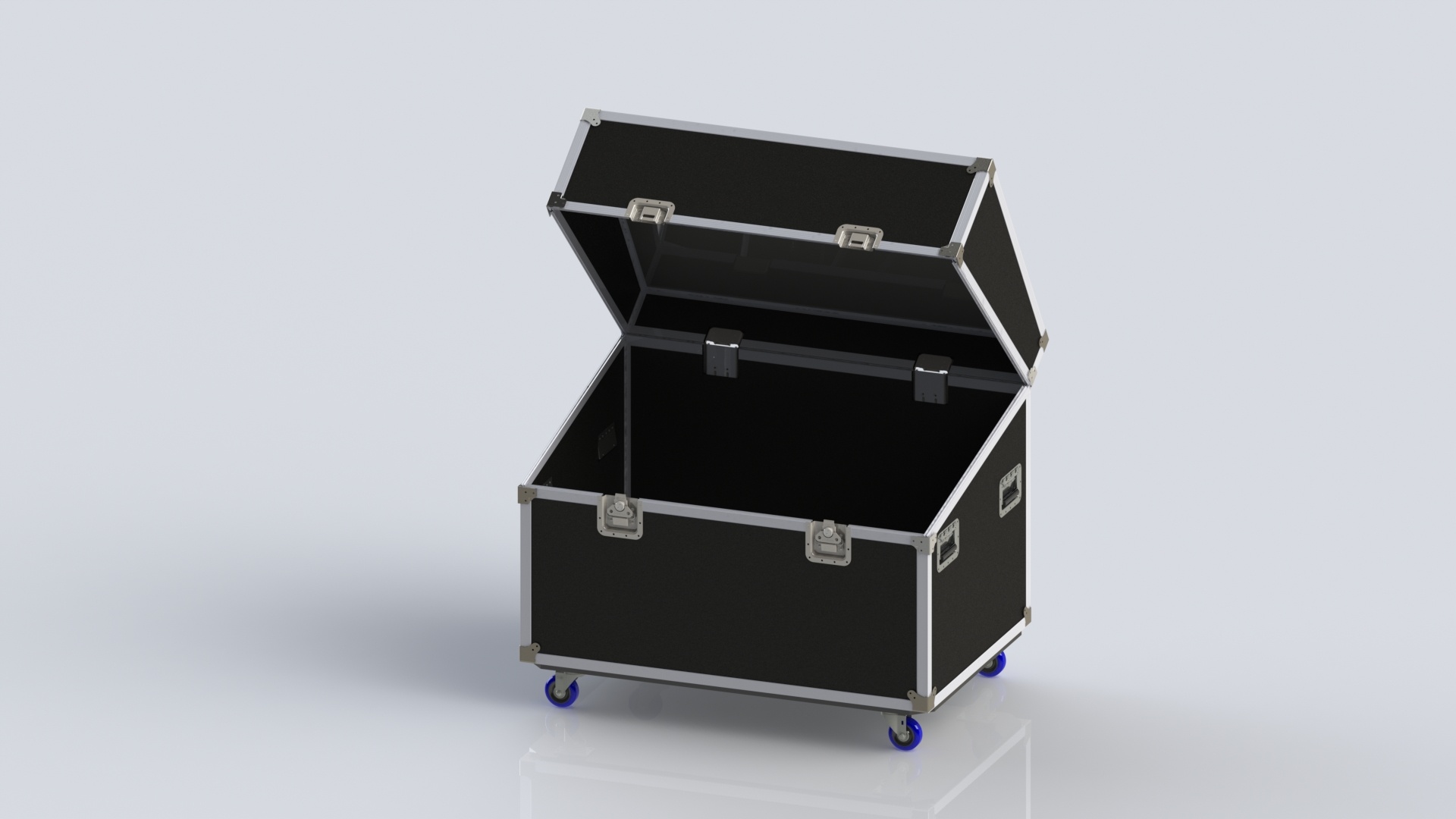
Specialty hinged lid cases can be made with various angles to allow a device within to be displayed or used once the lid is opened. In other words, both the top and the front control panels would be available.
Lid-maker Door Option ATA Case
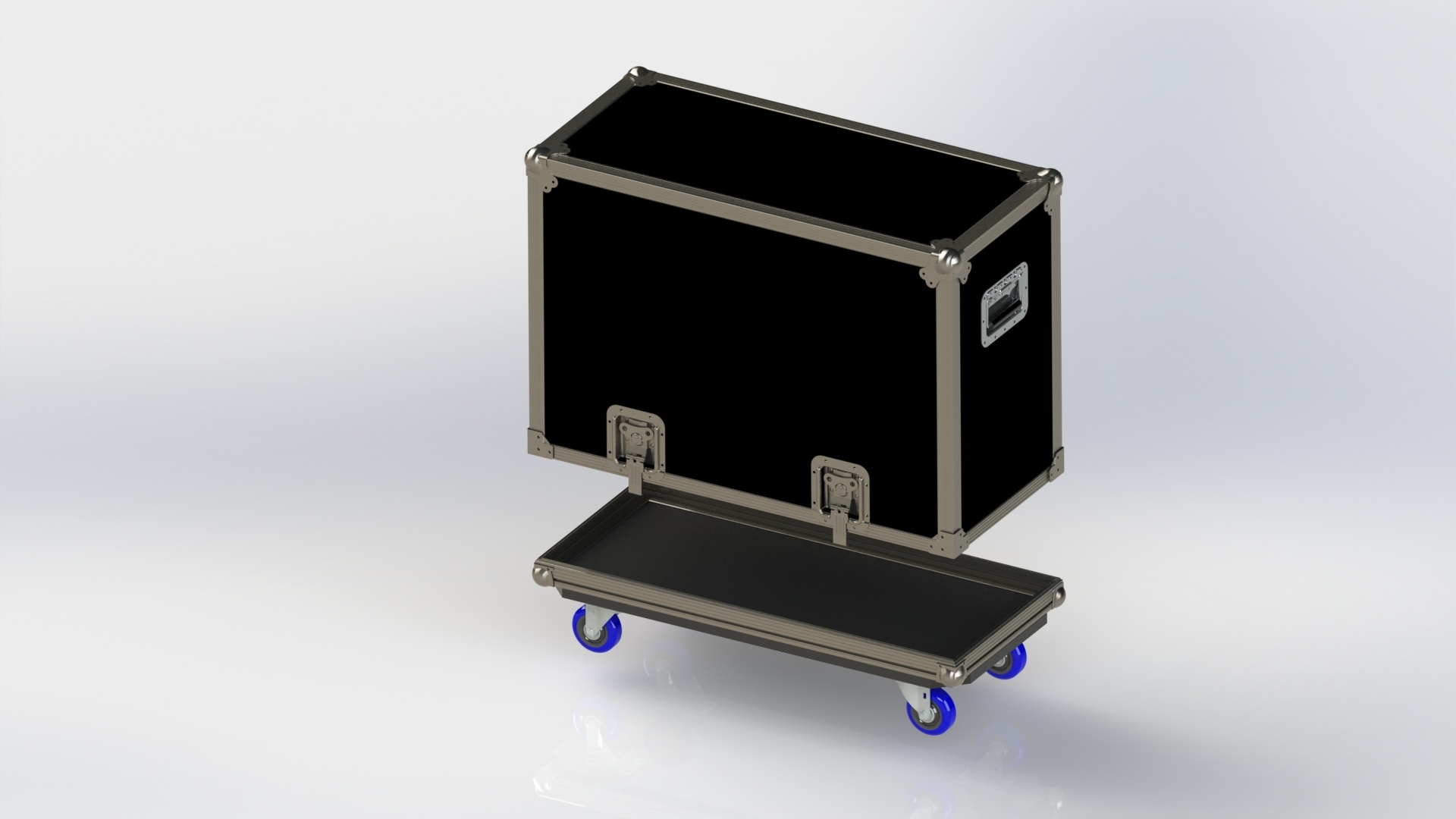
Lid-maker is a specialty aluminum extrusion profile that serves as both the mate to the rest of the case, and the sides of the lid. This is lower profile and saves space. Note: It can only use a valence spanning (or over-spanning) latch.
{{cta(‘c57cdc82-3a0b-4a93-ab49-3c3832076f79’)}}

